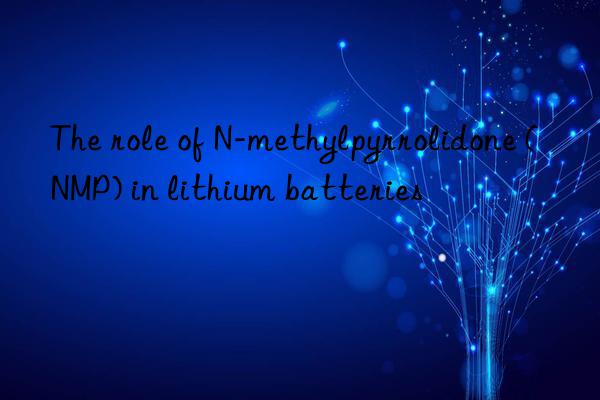
Lithium-ion battery is a secondary battery (rechargeable battery), which mainly relies on lithium ions in the positive electrode and move between the negative pole to work. During the charge and discharge process, Li+ intercalates and deintercalates back and forth between the two electrodes: during charging, Li+ deintercalates from the positive electrode and embeds into the negative electrode through the electrolyte, and the negative electrode is in a lithium-rich state; during discharge, the opposite is true.
Li-ion batteries have the characteristics of large specific capacity, high and stable discharge voltage, good low-temperature performance, environmental friendliness, safety, long life, weak self-discharge, etc. Ni-MH, nickel Advantages of cadmium secondary batteries*.
Since its introduction in 1991, lithium-ion batteries have occupied a wide range of applications in daily life in recent years, mainly due to the widespread use of smartphones, wearable devices, electric bicycles and new energy vehicles.
Lithium In ion batteries, due to the use of organic electrolytes with low conductivity, the electrode area is required to be large, and the battery assembly adopts a roll structure. The improvement of battery performance not only puts forward new requirements for electrode materials, but also imposes new requirements on the electrode manufacturing process. The adhesives used also pose new requirements. At present, polyvinylidene fluoride (PVDF) is commonly used in industry as the binder of lithium-ion batteries and N-methylpyrrolidone (NMP) as the dispersant.
N-methylpyrrolidone (NMP) is a polar solvent used to dissolve/swell PVDF and dilute the slurry in lithium battery production . Lithium batteries have very high requirements on the purity of organic solvents, especially the water content. The water content needs to be less than 0.02%, or even lower. At present, the water content in domestic NMP is generally greater than 0.03%. After the imported NMP is purified, its index requirements are: the chromaticity requirement is less than 10, the purity requirement is greater than 99.9%, and the moisture content requirement is not more than 0.02%. At present, there are few domestic literature reports on purification related content, and the purification research of NMP needs to be further strengthened. Ultra-clean and high-purity reagents are also one of the future research and development directions of this industry. Ultra-clean and high-purity reagents are a type of chemical reagent, which refer to chemical reagents whose main component purity is greater than 99.99%, and the number of impurity ions, especially impurity cations and particles, meets strict requirements.



 微信扫一扫打赏
微信扫一扫打赏
